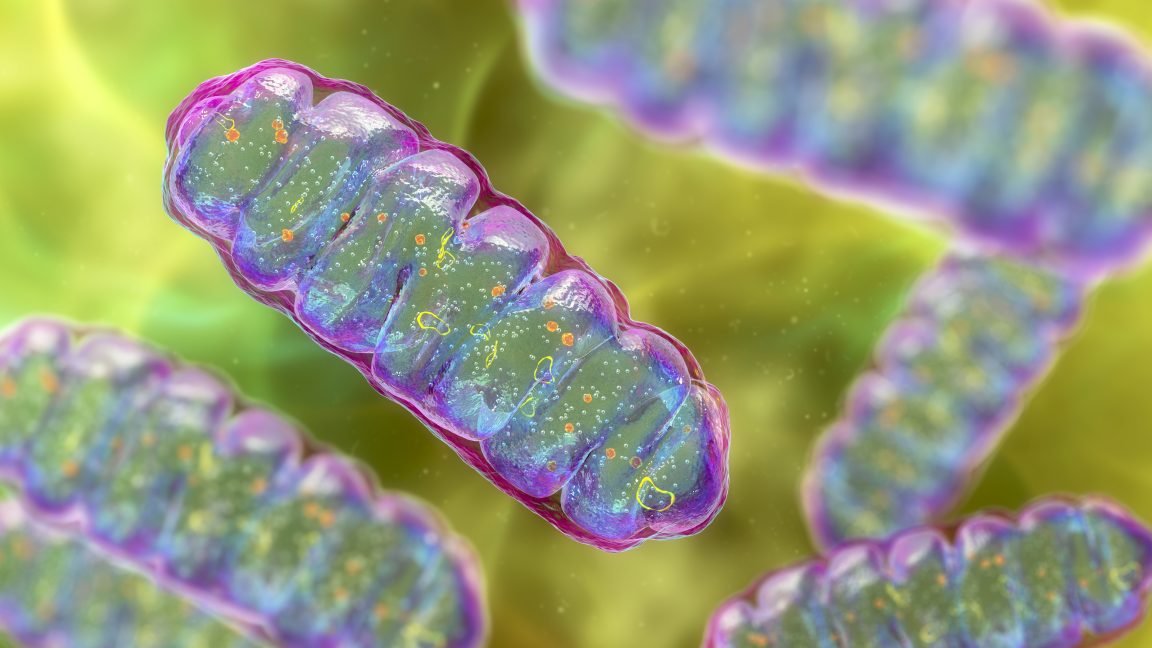
The studies have garnered both excitement and skepticism. “It’s certainly a very interesting area,” says Koning Shen, a postdoctoral mitochondrial biologist at the University of California, Berkeley, and coauthor of an overview of the signaling roles of mitochondria in the 2022 Annual Review of Cell and Developmental Biology. She adds that scaling up extraction of mitochondria and learning how to store and preserve the isolated organelles are major technical hurdles to making such treatments a larger reality. “That would be amazing if people are getting to that stage,” she says.
“I think there are a lot of thoughtful people looking at this carefully, but I think the big question is, what’s the mechanism?” says Navdeep Chandel, a mitochondria researcher at Northwestern University in Chicago. He doubts that donor mitochondria fix or replace dysfunctional native organelles, but says it’s possible that mitochondria donation triggers stress and immune signals that indirectly benefit damaged tissue.
Whatever the mechanism, some animal studies do suggest that the mitochondria must be functional to impart their benefits. Lance Becker, chair of emergency medicine at Northwell Health in New York who studies the role of mitochondria in cardiac arrest, conducted a study comparing fresh mitochondria, mitochondria that had been frozen then thawed, and a placebo to treat rats following cardiac arrest. The 11 rats receiving fresh, functioning mitochondria had better brain function and a higher rate of survival three days later than the 11 rats receiving a placebo; the non-functional frozen-thawed mitochondria did not impart these benefits.
It will take more research into the mechanisms of mitochondrial therapy, improved mitochondria delivery techniques, larger trials and a body of reported successes before mitochondrial transplants can be FDA-approved and broadly used to treat ischemia-reperfusion injuries, researchers say. The ultimate goal would be to create a universal supply of stored mitochondria — a mitochondria bank, of sorts — that can be tapped for transplantation by a wide variety of health care providers.
“We’re so much at the beginning—we don’t know how it works,” says Becker. “But we know it’s doing something that is mighty darn interesting.”
This article originally appeared in Knowable Magazine, a nonprofit publication dedicated to making scientific knowledge accessible to all. Sign up for Knowable Magazine’s newsletter.


